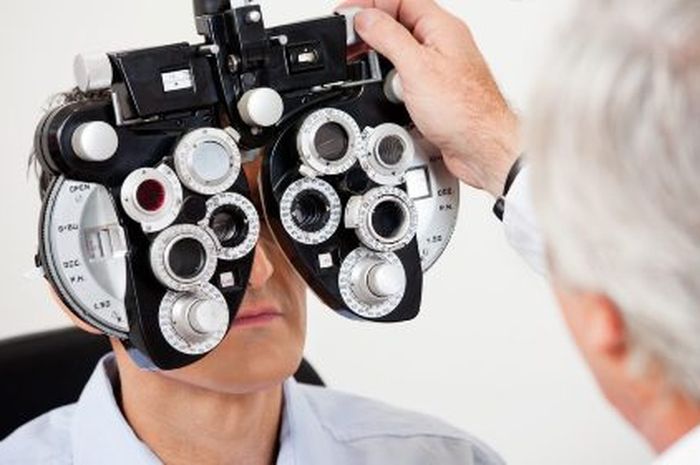Thinkstock
–
Eye diseases are often experienced by people with diabetes, one of which includes glaucoma.
–
GridHEALTH.id – Diabetics are at high risk of developing complications, especially when they have difficulty controlling blood sugar (glucose) levels.
One of the most common complications diabetics occurs in the eye.
Diabetes is known to damage blood vessels in the body, including the eyes.
When the blood vessels in the eye begin to damage, it will certainly trigger the emergence of various vision problems.
Also Read: 7 Natural Immune Boosters Help Accelerate Treatment of DHF Patients
Reported from diabetes.orgThe following eye diseases are often experienced by people with diabetes.
1. Glaucoma
People with diabetes are more likely to have glaucoma than people without diabetes.
The longer a person has diabetes, the more common glaucoma is. The risk also increases with age.
Glaucoma occurs when pressure builds up in the eye. The pressure damages the blood vessels that carry blood to the retina and optic nerve.
As a result, vision is gradually lost as the retina and nerves are damaged.
There are several treatments for glaucoma. Some use medications to reduce pressure in the eye, while others involve surgery.
Also Read: Causes of Diabetes Complications Often Due to Inability to Manage Blood Sugar Levels
2. Cataract
Many people without diabetes develop cataracts, but people with diabetes are more likely to develop this eye condition.
People with diabetes also tend to get cataracts at a younger age and develop more quickly.
With cataracts, the clear lens of the eye is cloudy, blocking the view.
To help treat mild cataracts, you may need to wear sunglasses more often and use glare control lenses in your glasses.
For cataracts that severely impair vision, doctors usually remove the eye’s lens and replace it with a new artificial lens.
In people with diabetes, retinopathy may get worse after removal of the lens, and glaucoma may begin to develop.
3. Retinopathy
Diabetic retinopathy is a general term for all retinal disorders caused by diabetes.
There are two main types of retinopathy, namely nonproliferative and proliferative.
Also Read: Prevention of Diabetic Retinopathy that Causes Eye Damage and Blindness in Diabetics
– Retinopati nonproliferatif
In nonproliferative retinopathy, the most common form of retinopathy, the capillaries at the back of the eye balloon and form pockets.
Nonproliferative retinopathy can progress through three stages (mild, moderate, and severe), as more and more blood vessels become blocked.
In serious conditions these blood vessels can cause macular edema.
Although retinopathy usually does not cause vision loss at this stage, the capillary walls may lose their ability to control the passage of substances between the blood and the retina.
Fluid may leak into the part of the eye where focusing occurs, the macula.
When the macula swells with fluid, a condition called macular edema, vision is blurred and can be permanently lost.
Although nonproliferative retinopathy usually does not require treatment, macular edema should be treated, but fortunately treatment is usually effective at stopping and sometimes reversing vision loss.
– Retinopathy Proliferative
In some people, retinopathy develops after a few years into a more serious form called proliferative retinopathy.
In this form, the blood vessels are so damaged that they close. In response, new blood vessels begin to grow in the retina.
These new blood vessels are weak and can bleed, blocking vision.
New blood vessels can also cause scar tissue to grow.
Once the scar tissue shrinks, it can damage the retina or pull it out of place, a condition called retinal detachment.
Symptoms of Diabetic Retinopathy, when the retinal blood vessels in the diabetic eye are blocked
#berantasstunting
#hadapicorona
#BijakGGL
PROMOTED CONTENT
– Featured Videos
diabetics


